After the devastating loss of two back-to-back missions to Mars in 1999, NASA’s Jet Propulsion Laboratory found itself at a crossroads. Would the lab pull back, becoming more cautious and conservative with the new missions it was willing to take on? Or would JPL, as one engineer put it, “get back in the saddle” and continue its tradition of pursuing challenging and innovative missions?
That question was answered when JPL proposed designing and building from scratch an entirely new type of Martian rover on an extremely tight schedule, and launching not one, but two of them to the Red Planet. The mission’s proposer thought he could rely upon the proven Entry, Descent and Landing system used by Mars Pathfinder, employing parachutes and airbags. But as the rover design became larger and heavier, even the scheme of “building to print” that reliable system had to be abandoned as tests of parachutes and airbags dramatically failed in test after test. Mission to Mars is the story of the engineers and scientists who overcame multiple adversities to design, build, test, and launch the Spirit and Opportunity rovers, two of NASA’s most storied missions.
The Spirit Rover was a robotic spacecraft that was part of NASA’s Mars Exploration Rover mission. It was launched on June 10, 2003, and landed on Mars on January 4, 2004. The rover was designed to explore the Martian surface and carry out scientific experiments to study the planet’s geology, atmosphere, and search for evidence of past or present life. It was equipped with various instruments, including a panoramic camera, a microscopic imager, a rock abrasion tool, and a spectrometer, among others. The Spirit rover operated on Mars for over 6 years, during which it made several important discoveries, such as evidence of past water on the planet’s surface and the composition of Martian soil. However, in 2009, the rover became stuck in soft soil and was unable to move, effectively ending its mission. Despite this setback, the Spirit rover’s contributions to our understanding of Mars have been significant, and its legacy lives on as a testament to human ingenuity and exploration.
The Opportunity Rover was a robotic spacecraft that was part of NASA’s Mars Exploration Rover mission. It was launched on July 7, 2003, and landed on Mars on January 25, 2004. The rover was designed to explore the Martian surface and carry out scientific experiments to study the planet’s geology, atmosphere, and search for evidence of past or present life. It was equipped with various instruments, including a panoramic camera, a microscopic imager, a rock abrasion tool, and a spectrometer, among others. The Opportunity rover operated on Mars for over 14 years, far exceeding its expected lifespan of just 90 days, and made numerous groundbreaking discoveries that advanced our understanding of the Red Planet. However, the rover stopped communicating with Earth on June 10, 2018, and NASA declared the mission complete on February 13, 2019.
JPL and the Space Age Video Series
- Episode 1: The American Rocketeer
- Episode 2: Explorer 1
- Episode 3: Destination Moon
- Episode 4: The Changing Face of Mars
- Episode 5: The Stuff of Dreams
- Episode 6: The Footsteps of Voyager
- Episode 7: To the Rescue
- Episode 8: The Pathfinders
- Episode 9: The Breaking Point
- Episode 10: Saving Galileo
- Episode 11: Mission to Mars
- Episode 12: Landing on Mars
- Episode 13: Triumph at Saturn – Part I
- Episode 14: Triumph at Saturn – Part II

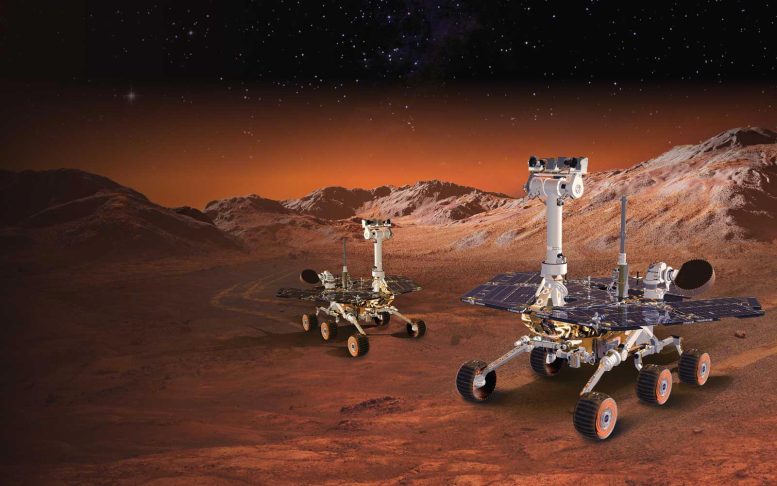


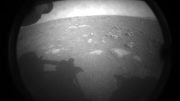

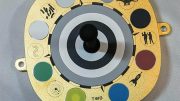
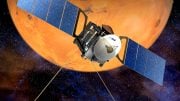
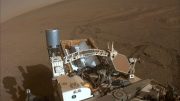

Be the first to comment on "JPL and the Space Age: Mission to Mars – Rising Again to the Red Planet (NASA Documentary)"